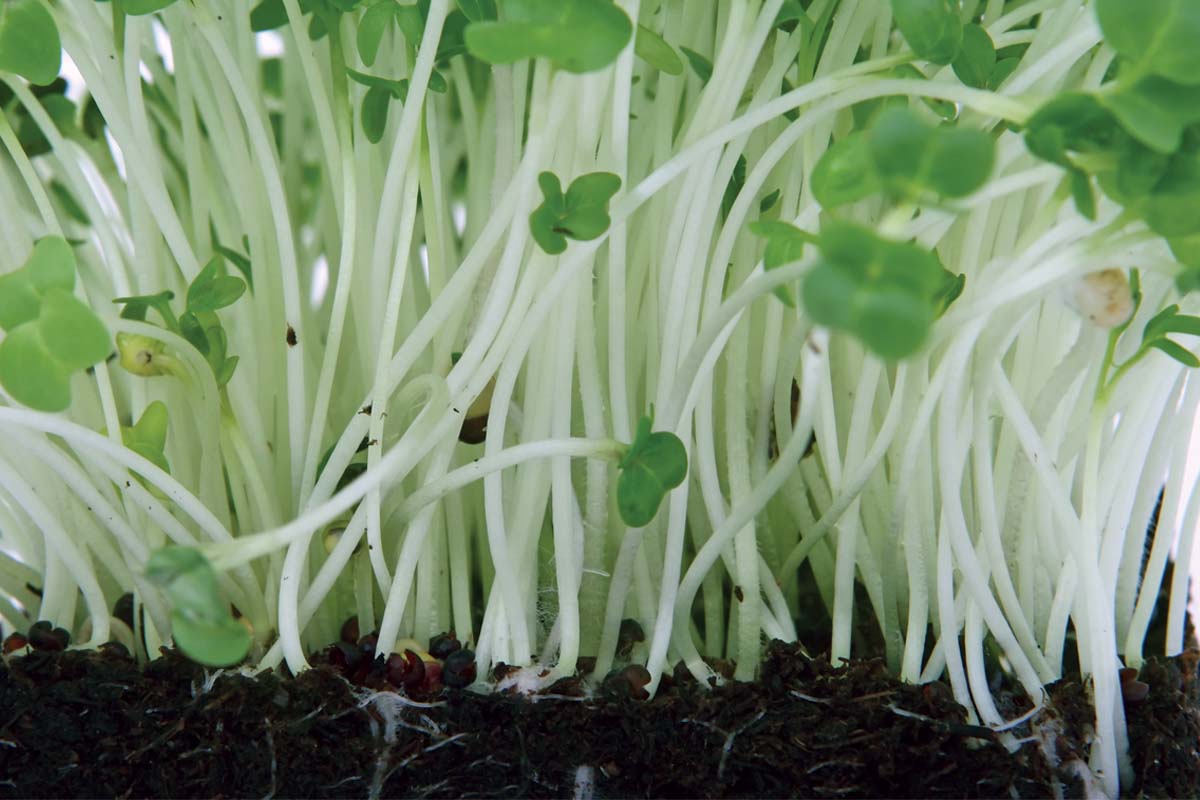Optical Sensing of Soil Nutrients for ‘Smart Farming’



India is set to embark on a new chapter in its Polar exploration journey with the construction of Maitri II. The Indian government plans to establish a new research station near the existing Maitri ba...
.png )
The Deep Ocean Mission (DOM), approved by the Government of India in 2021 under the Ministry of Earth Sciences (MoES), represents a strategic step in realizing Sustainable Development Goal 14 (SDG 14:...

China recently announced restrictions on the export of seven rare earth elements (REEs), soon after US President Donald Trump decided to impose tariffs. As the world's dominant supplier—responsible fo...
Over the years, chemical fertilisers have been applied to soil in order to increase their fertility. However over or under application of fertilisers can damage the crop yield and also cause serious e...
Crop improvement programmes through induced mutations were initiated nine decades ago. Nearly 3250 mutant varieties belonging to about 175 plant species have been developed and released. India has mad...
Even if YOU ignore ‘GM’ it will NOT ignore YOU! There are only two traits in 98 per cent of GM foods—production of a pesticide in every cell of the plant or the ability to withstand weed killing herb...
Genetically modified crops have been under scrutiny for being unhealthy, destroying the traditional cropping practices and yet they seem to be providing answers to burgeoning food requirements. A care...
Over the years, chemical fertilisers have been applied to soil in order to increase their fertility. However over or under application of fertilisers can damage the crop yield and also cause serious ecological concerns. Soil testing thus acquires an important place in farming, specifically in site specific crop management. Non-destructive in-situ measurements of soil nutrients with cost effective...

Crop improvement programmes through induced mutations were initiated nine decades ago. Nearly 3250 mutant varieties belonging to about 175 plant species have been developed and released. India has made a significant contribution in crop improvement through mutation breeding.

Even if YOU ignore ‘GM’ it will NOT ignore YOU! There are only two traits in 98 per cent of GM foods—production of a pesticide in every cell of the plant or the ability to withstand weed killing herbicides. GM food cannot be distinguished from non-GM food, so you will eat it if India grows it.
